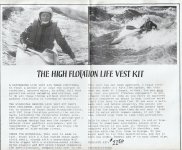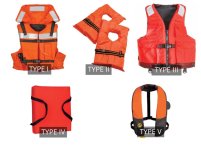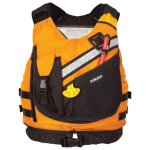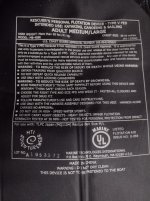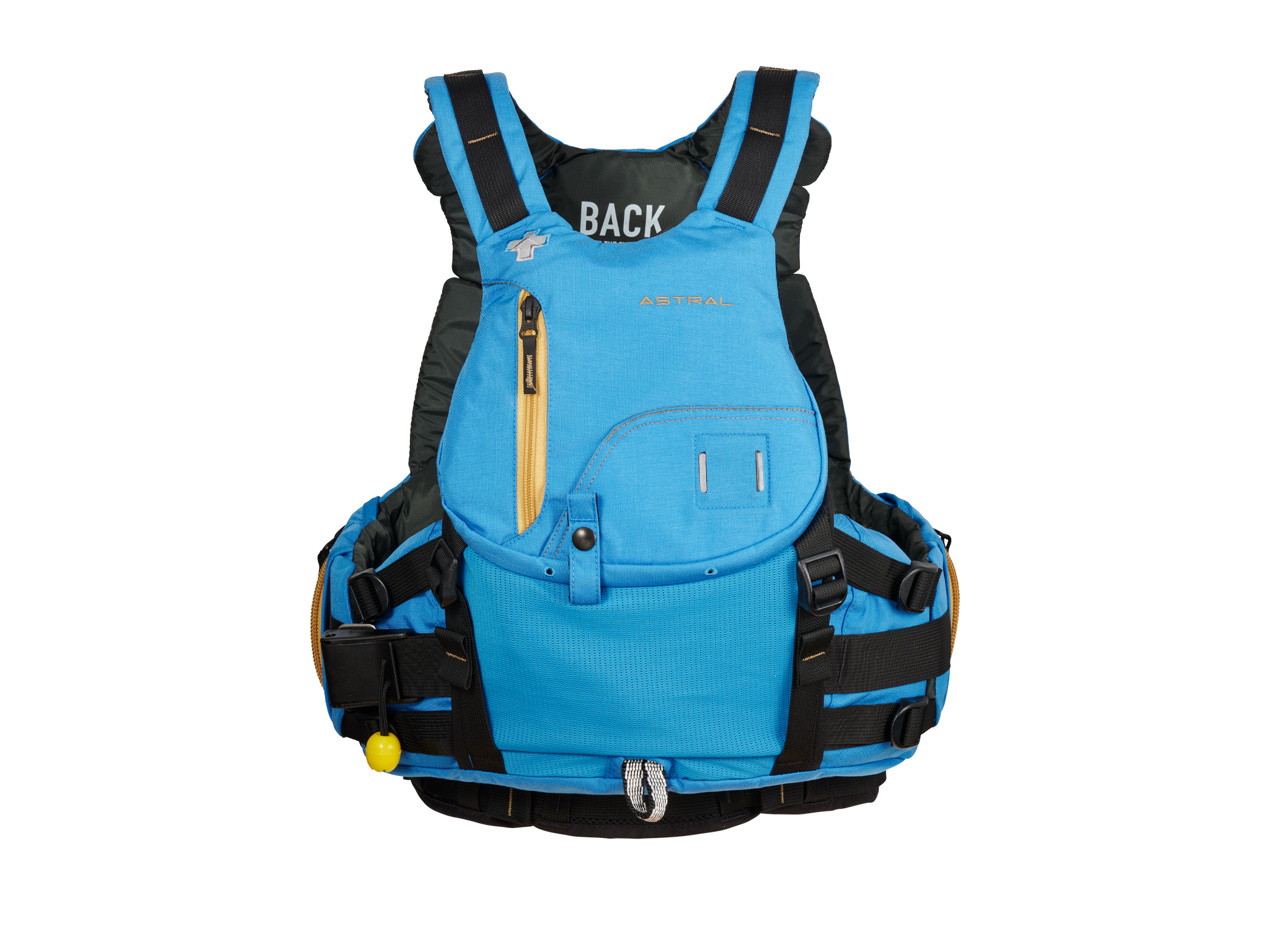After reading and posting on the “Whatever happened to Canoe lifejackets?” thread, I started looking up information on new PFDs. I have always used a regular Class 3 PFD, choosing one that fit my body first and wallet second. I hadn’t looked at PFDs for a while since purchasing one around six or seven years ago, so I started looking for info on what is currently on the market.
The first thing I noticed was the minimum buoyancy; 15.5 lbs. for the Type 3 and Type 5. I also noticed that most of the Type 5 PFDs designed for paddling and Swift Water Rescue typically have 18 to 25 lbs. or so of buoyancy along with being designed to float with the face up in case of unconsciousness. Maybe a Class 5 PFD might be a good idea for my next whitewater PFD?
I noted another change since I last read up on PFDs. The “Type 3 (or 5)” system is being replaced by the USCG classifications of the Level 50, 70, and 100 system designating the Newtons (a metric measure of force, thus floatation) offered by a PFD. The higher the number, the more floatation. The old Class 3 corresponds to the new Level 70. It appears that this new system has not been fully adopted yet as most companies are still listing the Type 3 and Type 5 designations in their descriptions, though my 6 (or 7) year old PFD has the new Level 70 rating printed on it.
After that lead-in, I come to my questions: Is anyone using a Type 5 PFD instead of a of a Type 3, especially in whitewater? Have you noticed any difference in a swim? Does the additional foam provide any extra warmth in cooler weather or water? Are there any other pros or cons that you have noticed, besides the additional rescue attachments?
Thanks for your input on my next whitewater PFD decision.
The first thing I noticed was the minimum buoyancy; 15.5 lbs. for the Type 3 and Type 5. I also noticed that most of the Type 5 PFDs designed for paddling and Swift Water Rescue typically have 18 to 25 lbs. or so of buoyancy along with being designed to float with the face up in case of unconsciousness. Maybe a Class 5 PFD might be a good idea for my next whitewater PFD?
I noted another change since I last read up on PFDs. The “Type 3 (or 5)” system is being replaced by the USCG classifications of the Level 50, 70, and 100 system designating the Newtons (a metric measure of force, thus floatation) offered by a PFD. The higher the number, the more floatation. The old Class 3 corresponds to the new Level 70. It appears that this new system has not been fully adopted yet as most companies are still listing the Type 3 and Type 5 designations in their descriptions, though my 6 (or 7) year old PFD has the new Level 70 rating printed on it.
After that lead-in, I come to my questions: Is anyone using a Type 5 PFD instead of a of a Type 3, especially in whitewater? Have you noticed any difference in a swim? Does the additional foam provide any extra warmth in cooler weather or water? Are there any other pros or cons that you have noticed, besides the additional rescue attachments?
Thanks for your input on my next whitewater PFD decision.



